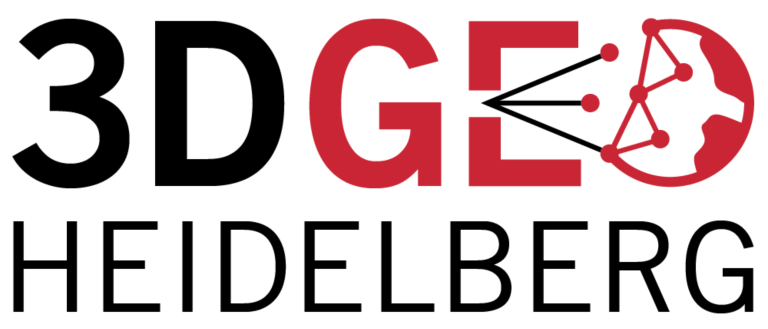Category: OSM
-
Climate Protection Map Germany is Online – Share your knowledge about renewable energies and sustainability on OpenStreetMap
The Klimaschutzkarte Deutschland (Climate Protection Map Germany, www.Klimaschutzkarte.de) makes it easy to retrieve relevant information on the topics of energy and sustainability and to locate them in geographic space. The Climate Protection Map of Germany uses the possibilities of web technologies and is based on user-contributed data from OpenStreetMap to allow interested citizens to find out…
-
GIScience welcomes New Master Students
Yesterday, GIScience Heidelberg was welcoming our new master students. After a general introduction into our teaching philosophy, our core courses and our institutes (HeiGIT, HCE, IWR), we were giving insights into the specialization in GIScience/Geoinformatics, which is possible in the Geography Master Programme. As our teaching is research-based and research-oriented we were presenting most recent…
-
Keynote at DLR.Open OpenGeoData Open Data Science Workshop
Today Prof. Alexander Zipf is giving an invited keynote speech at the German Aerospace Center (DLR) in Oberpfaffenhofen, the national aeronautics and space research centre of the Federal Republic of Germany. The DLR organises a two day workshop called “DLR.Open II – Open Data Science und Open Geodata“. This is the second workshop on Open…
-
10 years of OSM data history with OSM API 0.5
As our HeiGIT / GIScience team member Martin Raifer (tyr_asd) pointed out at his OSM diary, this weekend is the 10 year anniversary of OSM’s API version 0.5. He stresses the importance of this as “This is the version of the OSM-API that introduced (among other things) the version number on all OSM objects, making…
-
The OpenStreetMap folksonomy and its evolution
The comprehension of folksonomies is of high importance when making sense of Volunteered Geographic Information (VGI), in particular in the case of OpenStreetMap (OSM). So far, only little research has been conducted to understand the role and the evolution of folksonomies in VGI and OSM, which is despite the fact that without a comprehension of…
-
Open land cover from OpenStreetMap and remote sensing
In a recently published study (1), we produced a web based land use land cover (LULC) product based on OSM tags which are constantly updated by contributors/volunteers, and present a Remote Sensing based solution when tags were absent for a test site. We harness the combined benefit of an open source and ever-growing machine generated…
-
GIScience group members at the ISPRS Geospatial Week 2017 in Wuhan, China
Last week (Sept. 18-22, 2017), our six colleagues, Prof. Alexander Zipf, Doctoral Candidate Xuke Hu, Dr. Hongchao Fan, Dr. Martin Hämmerle, Dr. Zhiyong Wang, and Dr. Wei Huang, participated in the ISPRS Geospatial Week 2017 held in Wuhan, China. In the opening ceremony on Sept. 18, 2017, the U.V. Helava Award was presented to Dr.…
-
Reducing stress by avoiding noise with ‘Quiet Routing’ in OpenRouteService
Noise pollution is a growing problem in many urban environments, affecting citizens’ daily life. It can reduce citizens’ happiness, increase their stress, and even people them get sick if they are exposed to noise pollution for a long period of time. In recent studies we investigate the use of crowdsourced data to derive noise polluted…
-
Introducing Healthy Routing preferring Green Areas with OpenRouteService
Research in psychology and public health shows that there are environmental factors that cause an area to impose more or less stress to a person. One example is that being surrounded by natural green areas (meadows, parks, trees and forests etc. or also blue water areas) has a relaxing influence to the mood of a…


